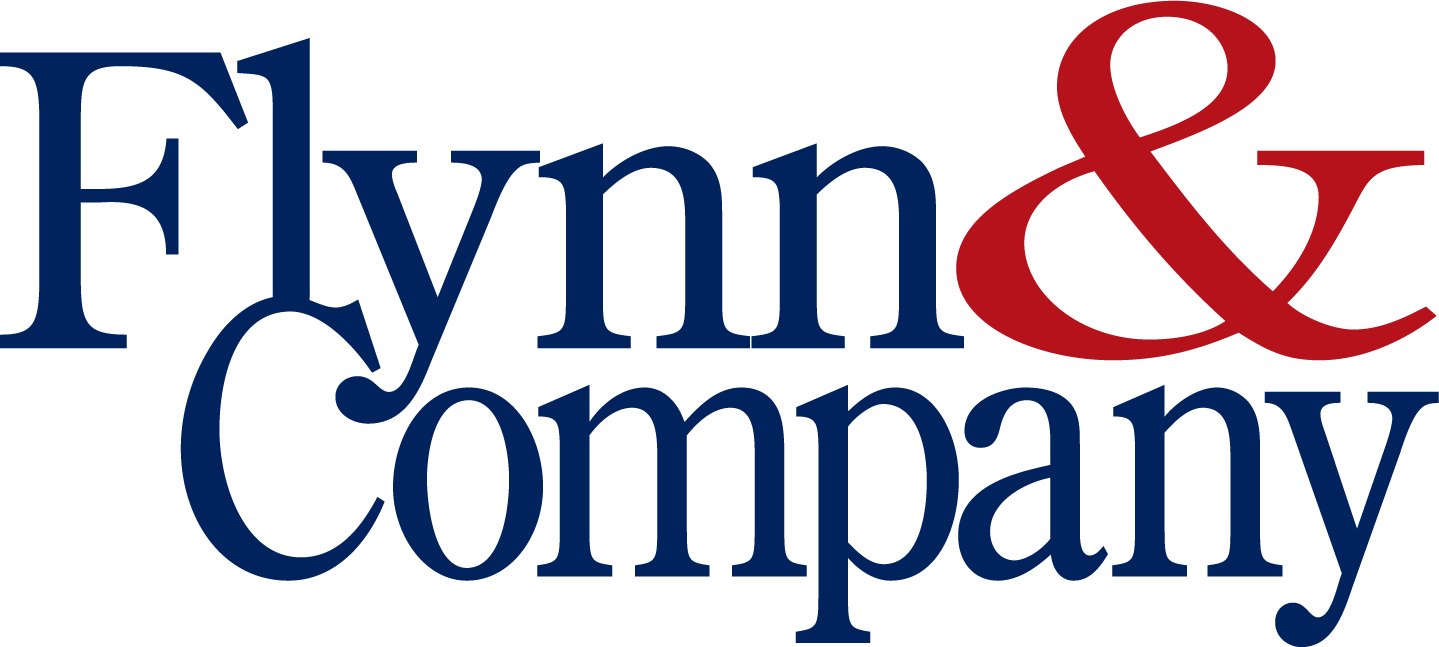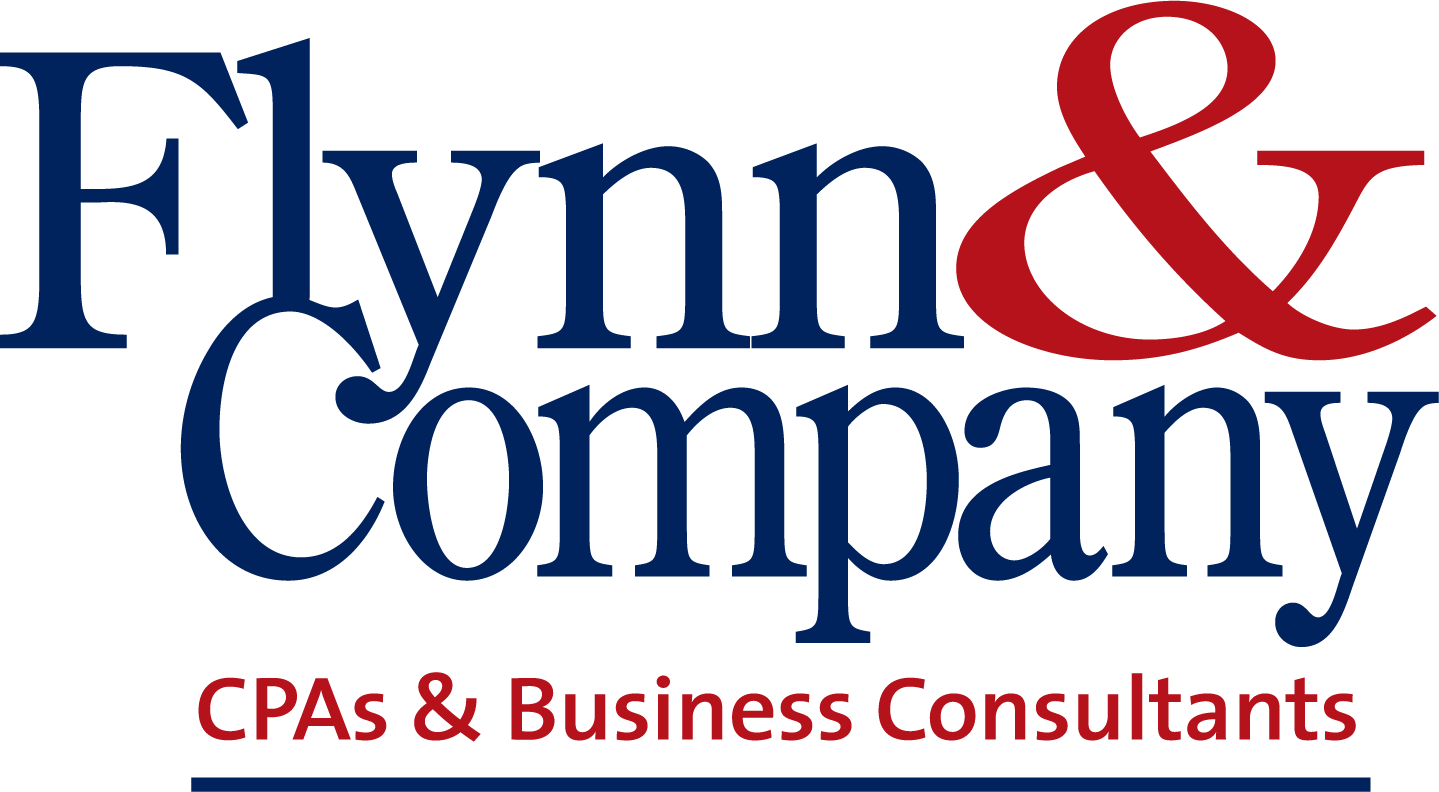Schedule K-2 and K-3 Instructions
Key Takeaways
- Schedule K-2 shows items of international tax relevance for partnerships and S-corps.
- Schedule K-3 shows partner/shareholder distributions related to international tax items.
- These schedules organize information that used to be harder to find on partnership or S-corp returns.
- The K-2 and K-3 schedules simplify tax prep for individual partners/shareholders with international tax issues.

As of tax year 2021, partnerships, S-corps, and other pass-through entities with international tax issues may need to complete Schedules K-2 and K-3. When you hire a tax preparer, they will guide you through the K-2 and K-3 instructions for your situation, but to help you out in the meantime, here is an overview of the essentials.
What Are IRS Forms K-2 and K-3?
Schedule K-2 shows items of international tax relevance, and Schedule K-3 shows partner/shareholder's distributive shares of these items. When applicable, these schedules now accompany Schedule K-1 with the following tax returns:
- Form 1065 (US Return of Partnership Income)
- Form 1120-S (US Income Tax Return for an S-Corporation)
- Form 8865 (Return of US Persons with Respect to Certain Foreign Partnerships)
Once any of the above tax returns have been completed, the K-1, K-2, and K-3 schedules get passed to the shareholders or partners. Then, the shareholders/partners use these schedules when completing their individual income tax returns.
Note that the Schedule K-2 and Schedule K-3 instructions explain that not all partnerships or S-corps need these schedules. Again, they are only relevant for businesses that have international tax issues.
Latest IRS Instructions for Implementing IRS K-2 Forms
The IRS makes extensive updates to the K-2 instructions every year. For example, for tax year 2022, the schedule K-2 instructions are 46 pages long. When you hire a specialist who provides tax prep services in Cincinnati, they will help you understand the parts of the instructions that are relevant to your situation.
In particular, you need to provide the following details on your Schedule K-2:
- Your partnership's other current year international information such as gains on personal property sales, foreign oil and gas taxes, high-taxed income, partner loan transactions, and several other elements.
- Limitations of foreign tax credits related to the following types of income and their associated expenses: sales of goods and/or services, rental income, interest income, dividend income, royalties, and capital gains.
- Research and experimentation expenses apportioned to US source and foreign branch income.
- Interest expense apportioned to US and foreign-sourced income.
- Foreign-derived intangible income deduction apportioned to US and foreign sources.
- Foreign taxes paid.
- Details about partner/shareholder's section 250 deductions related to foreign-derived intangible income.
- Distributions from foreign corporations to partnerships.
- Information about partner/shareholder's Section 951(a)(1) and Section 951A inclusions.
- Details about Passive Foreign Investment Companies (PFIC), Qualified Electing Funds (QEF), or Qualifying Insurance Corporation (QIC).
- Partnership/s-corporation's interest in foreign corporation income.
- Partner/shareholder details for base erosion and anti-abuse tax.
- Foreign partner's character and source of income and deductions.
- Foreign partner's character and source of income and deductions.
Latest IRS Instructions for Implementing IRS K-3 Forms

Luckily, Schedule K-3 covers the same types of international tax issues as K-2. However, it focuses on partner/shareholder distributions of foreign income. This setup means that you will get a lot of the information you need for Schedule K-3 as you complete Schedule K-2.
While working on Schedule K-2, you may want to make notes about partner distributions related to each section of the form. Doing so will make it easier to complete the K-3.
Note that most businesses don't need to complete Schedules K-2 or K-3 in their entirety. Instead, you only complete the portions that are relevant to your situation. On the top of each schedule, you will note which sections you're going to complete.
Sample Schedule K-3 Notification Letter
There are some situations where your business may not need to prepare these schedules but your shareholders/partners need them to complete their individual income tax returns. In particular, this comes up when you have partners/shareholders who claim the foreign tax credit on their individual tax returns.
In this case, the partners/shareholders must request Schedules K-2 and K-3, but the business must notify the partners/shareholders about this requirement. Originally, the IRS said that the business must send out the notification letter 60 days before its return is due. In most cases, that means by January 15, but if you don't file based on the calendar year, your business may have a different deadline. Then, the partner/shareholder must request the form one month before the return due date.
However, at the time of writing, the IRS has amended the instructions about notification letters. Now, the agency does not require businesses to send a notification to shareholders/partners to request Schedule K-3. Instead, businesses can attach a document to the K-1 that says partners/shareholders can request a K-3 if needed.
The Bottom Line
If your business has foreign-source income, owns foreign assets that produce income, pays foreign taxes, or has foreign partners/shareholders, you need to complete Schedules K-2 and K-3. In some cases, even if you don't have any of these issues, you may need to generate a K-3 schedule for your partners/shareholders.
Get Help With Business Taxes
Staying on top of business taxes is incredibly challenging and small mistakes can lead to big penalties or money left on the table. For example, businesses often miss out on tax deductions because they don't know how to leverage programs such as the employee expense reimbursement plan or they don't understand the differences between accountable and nonaccountable reimbursement plans.
In other cases, businesses miss out on credits because they don't understand the intricacies of temporary credits such as the
Employee Retention Credit which was rolled out to help employers during the COVID pandemic and can be retroactively claimed in some cases.

Whether you want help reducing labor costs, filing tax forms, or just optimizing your business finances, you should turn to a professional. At Flynn and Company, we offer a range of accounting and advisory services designed to help your business thrive. Ready to learn more? Then, contact us today.





